I never thought I’d become someone who fixates on the skin beneath my eyes. In my teens and early twenties, I barely paid attention to that delicate area. But by the time I hit my late twenties, I started noticing dark, puffy half-moons that no amount of makeup could fully conceal.
That was the beginning of my deep dive into understanding under-eye circles. What I found was eye-opening (no pun intended): dark circles are often the result of an intricate mix of genetics, lifestyle factors, and skin structure. And while there’s no one-size-fits-all miracle cream, there are real strategies—grounded in both science and lived experience—that can make a noticeable difference.
Understanding Dark Circles
The skin under your eyes is unlike skin anywhere else on your face—it’s thinner, more delicate, and more likely to reveal what’s going on beneath the surface. That’s why dark circles can feel so stubborn: they’re often a reflection of not just skin issues, but what’s happening inside your body, too.
Some people deal with vascular dark circles, which look more bluish or purplish due to visible blood vessels under the skin. Others experience pigmented dark circles, which appear brown or gray and are more related to excess melanin. You might even have both. And understanding the type of dark circle you’re dealing with is the first step to actually improving it.
Common Causes of Dark Circles
Lack of Sleep
When you’re sleep-deprived, your body produces more cortisol (aka the stress hormone), which can increase blood volume and dilate vessels—especially in the fragile under-eye area. That’s why shadows and puffiness tend to be more noticeable after a late night or restless sleep.
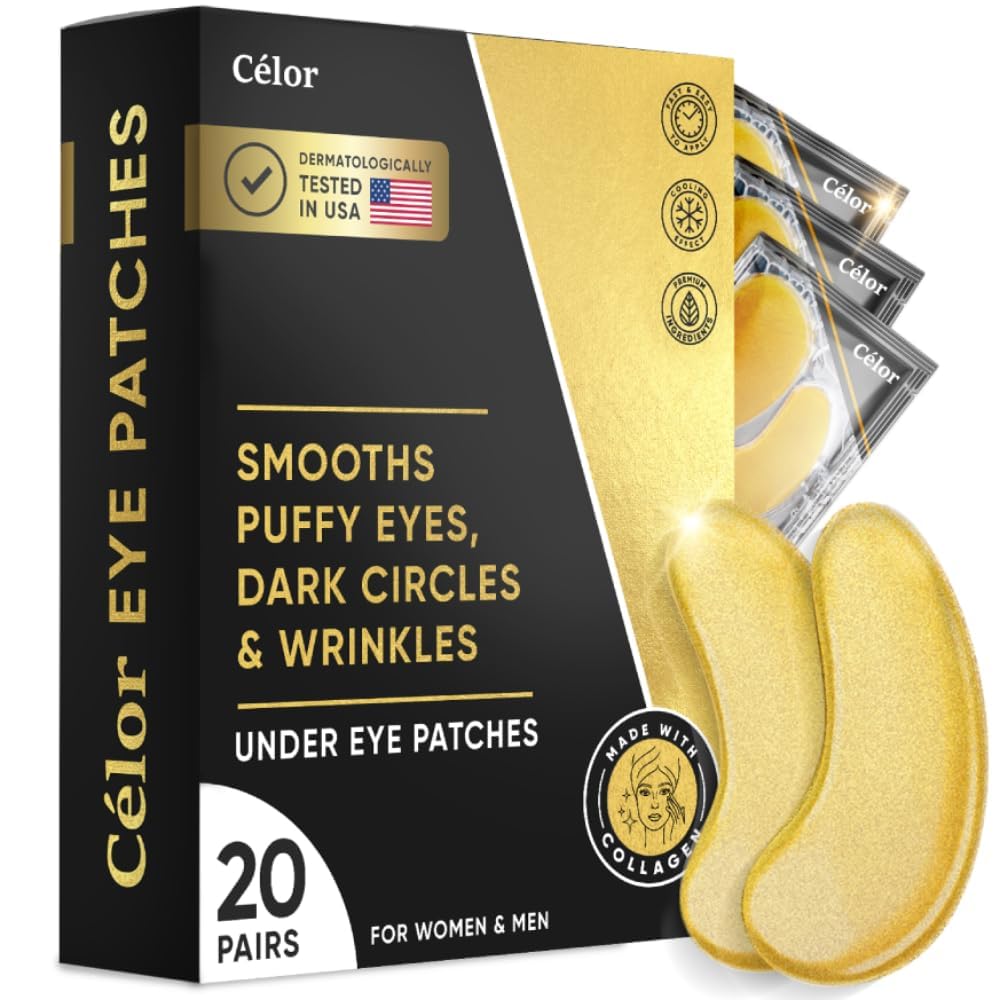
One trick I found helpful is using eye patches before bed, especially on nights I know I didn’t hydrate well. I love the CÉLOR Collagen Eye Mask for this—it’s affordable, refreshing, and helps reduce puffiness by morning. You can try it here on Amazon.
Dehydration
You’ll notice it first in your lips and right under your eyes: that tired, hollow, “why do I look like this?” effect. When your body is low on fluids, your skin loses elasticity and tone, making any darkness or hollowness under your eyes look more severe.
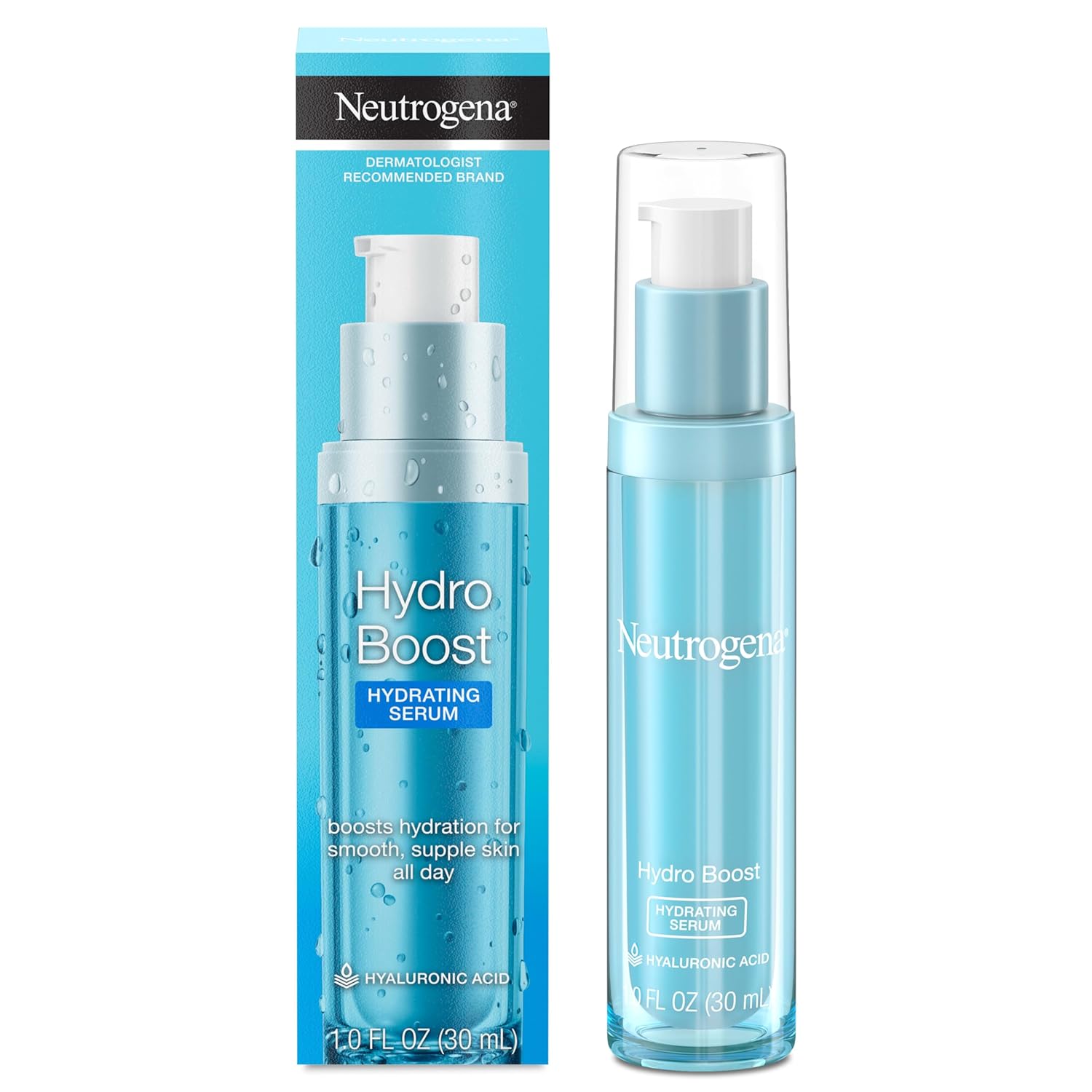
On days when I’m dehydrated, I also reach for a good hyaluronic acid serum. The Neutrogena Hydro Boost Hydrating Serum is lightweight, absorbs quickly, and instantly makes the under-eye area feel less sunken. You can find it here.
Allergies
Histamines released during allergic reactions can cause swelling and blood vessel dilation under the eyes, making them appear darker and puffier. Rubbing makes it worse, so calming the skin is key.
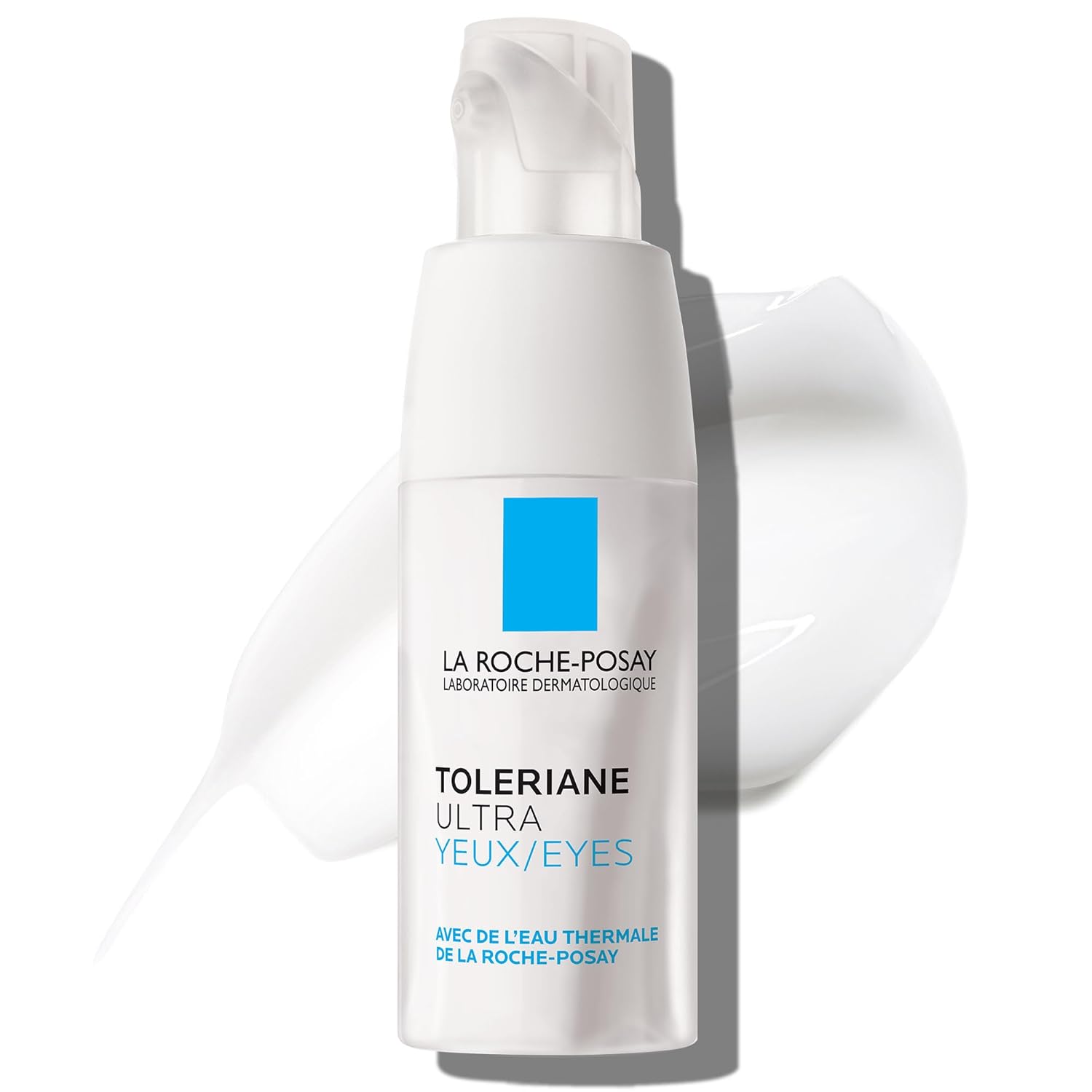
I’ve had great luck with La Roche-Posay Toleriane Dermallergo Eye Cream on days when my skin is reactive or allergy-prone. It’s fragrance-free and super gentle. Find it here if you’re dealing with allergy-related irritation.
Sun Exposure
The sun can quietly intensify under-eye discoloration over time. UV rays encourage melanin production, deepening pigmentation in this fragile area. That’s why daily sun protection is non-negotiable.
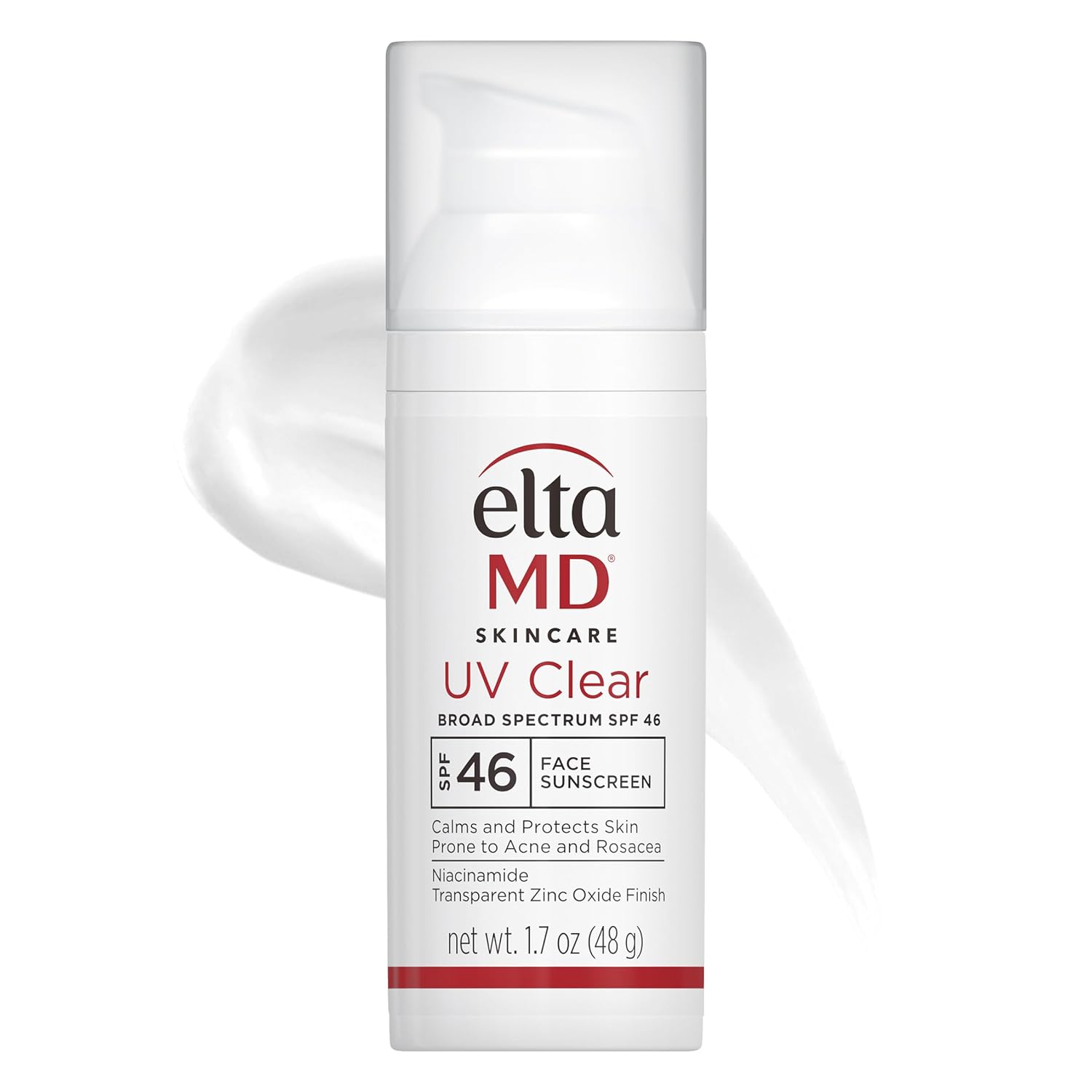
I like EltaMD UV Clear Tinted SPF 46 because it’s non-irritating for the eyes and doesn’t leave a white cast. It layers beautifully under makeup too. Grab it here and use it daily—yes, even if it’s cloudy.
Genetics
Genetics play a major role in how prominent your dark circles are. If they run in your family, they might be more persistent—but not unchangeable. Products that strengthen the skin barrier and improve circulation can help soften the look of hereditary circles over time.
Aging
As collagen and fat diminish, the under-eye hollows deepen and skin becomes thinner, emphasizing shadows. Skincare with retinol or peptides can help slow this process and keep things firmer.
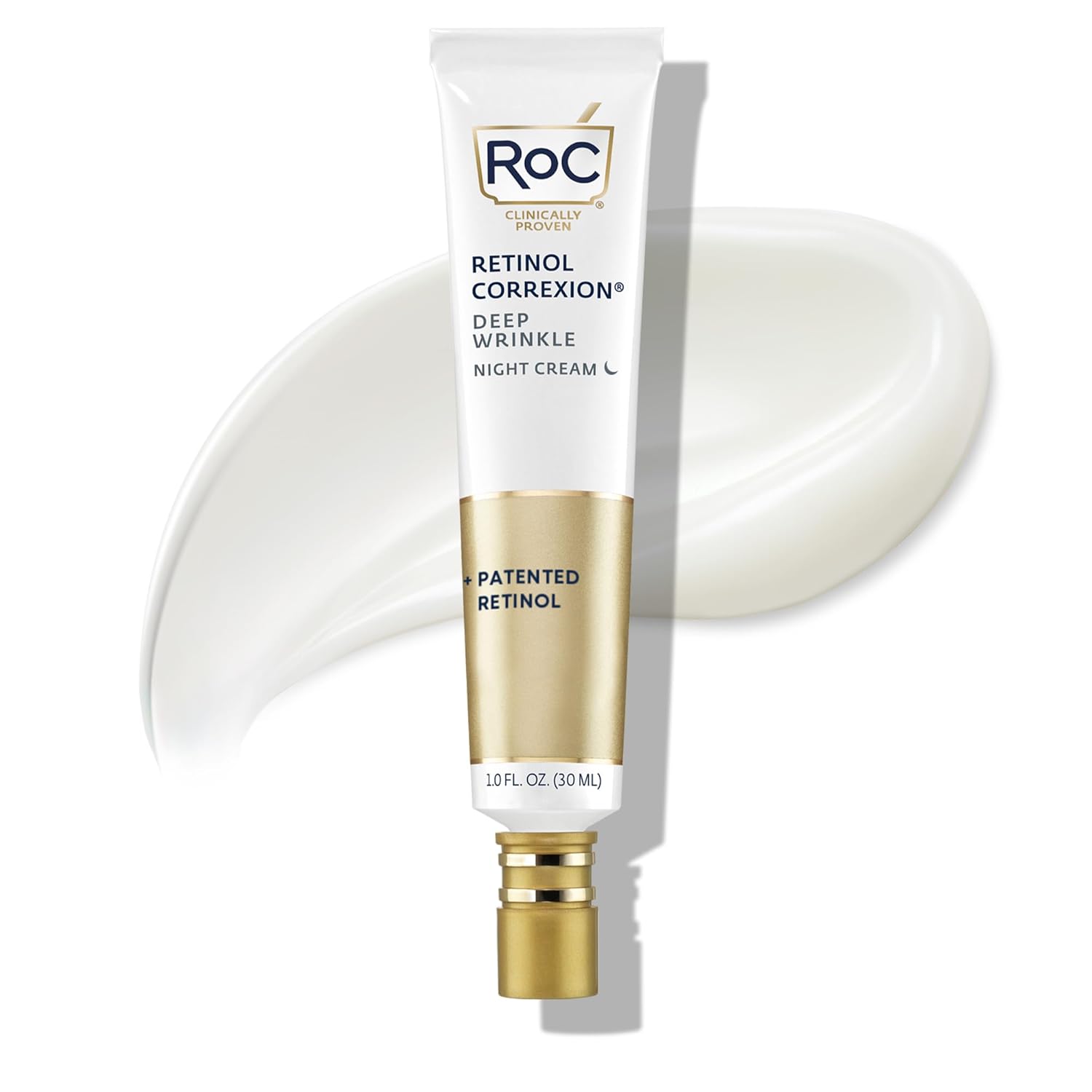
For a gentle but effective retinol that won’t irritate this sensitive area, I recommend RoC Retinol Correxion Eye Cream. It’s a staple in my routine—and budget-friendly. Try it here.
Iron Deficiency
If you’re often tired and your dark circles have a grayish or bluish hue, iron deficiency might be at play. While supplements can help (talk to your doctor!), you can also use skincare that energizes the skin with ingredients like caffeine and vitamin K.
The Battle Plan: Tackling Dark Circles
Improving the appearance of dark circles takes a multi-faceted approach—good habits, smart product choices, and time. Let’s start with the daily things you can control.
Lifestyle Changes: The Foundation of Bright Eyes
Prioritize sleep, drink more water than you think you need, and commit to sun protection daily. I know—it sounds basic. But it’s foundational.
Adding a silk pillowcase and elevating your head slightly at night can also reduce fluid retention. And don’t underestimate the power of a good green smoothie packed with iron-rich greens, vitamin C, and healthy fats.
Topical Treatments: Your Daily Arsenal
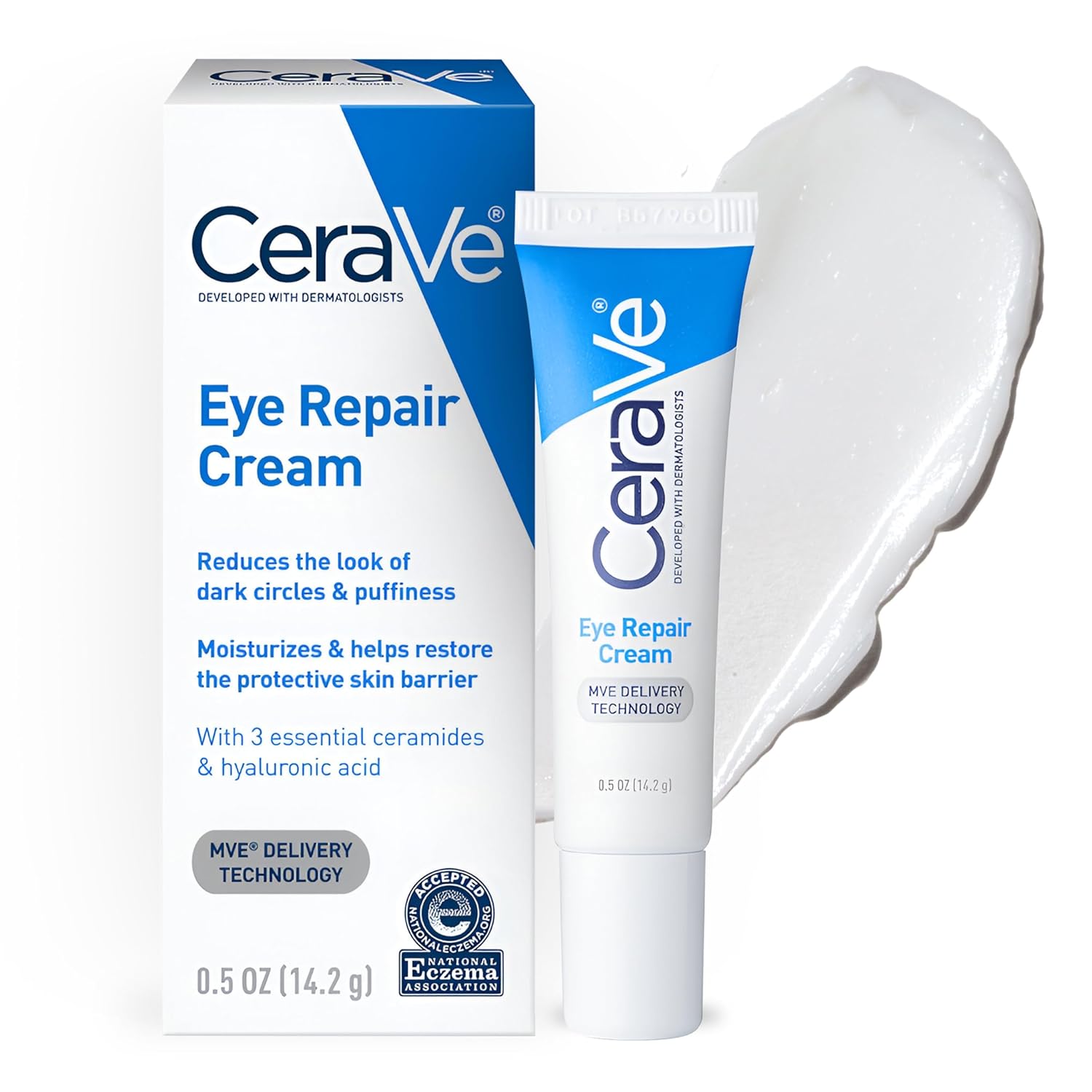
Mornings are perfect for using caffeine eye creams that reduce puffiness and perk up tired eyes. I love the CeraVe Eye Repair Cream for daytime—it’s lightweight, has niacinamide and hyaluronic acid, and it’s affordable. Try it here.
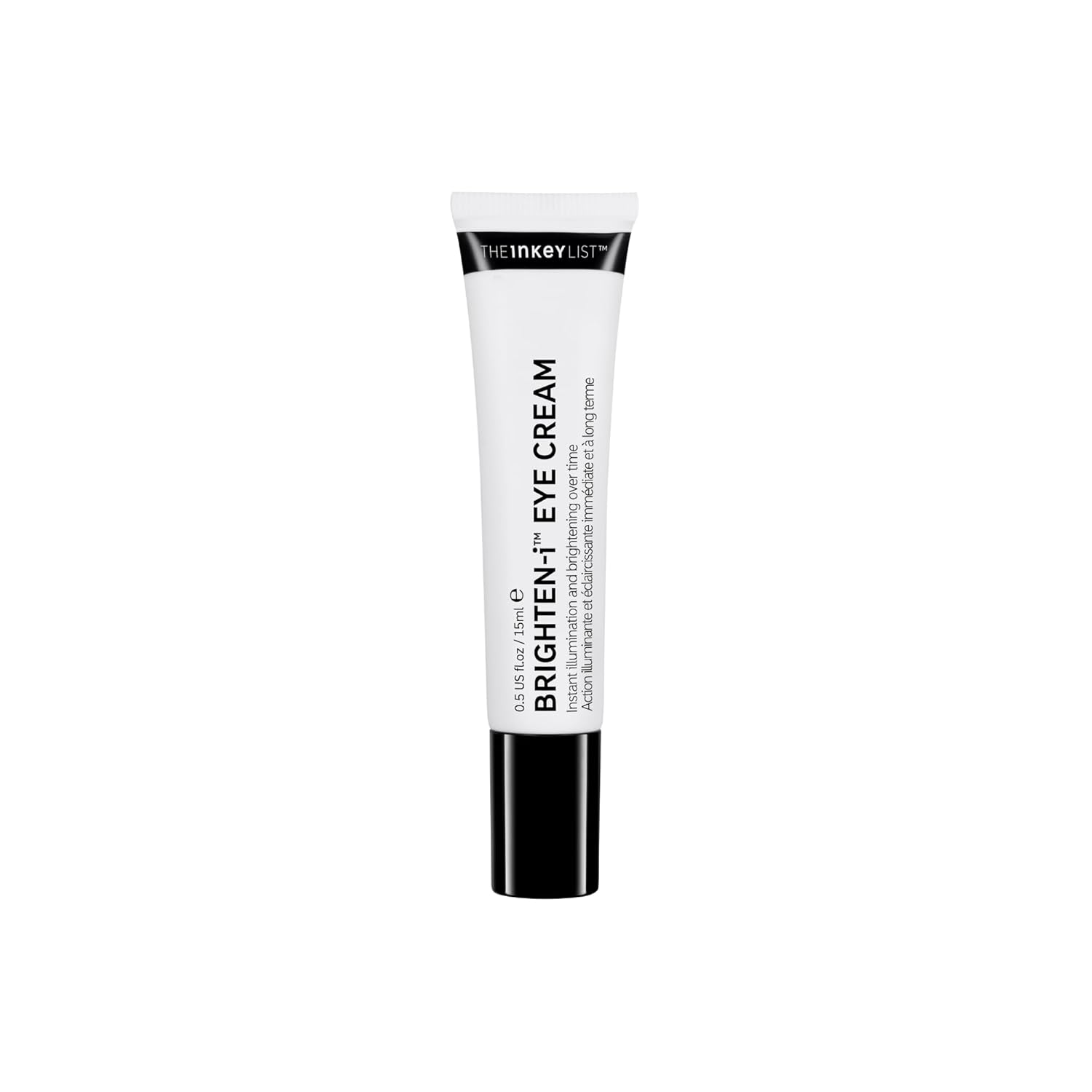
If pigmentation is your issue, layer it with something like The INKEY List Brighten-i Eye Cream, which has brightening peptides and a cooling applicator. It’s a great option for dullness and tired skin. You can check it out here.
Advanced Treatments: Professional Interventions
If topical treatments plateau, consider in-office options like peels, fillers, or PRP. But even if you’re going the clinical route, keep your at-home skincare routine supportive and consistent.
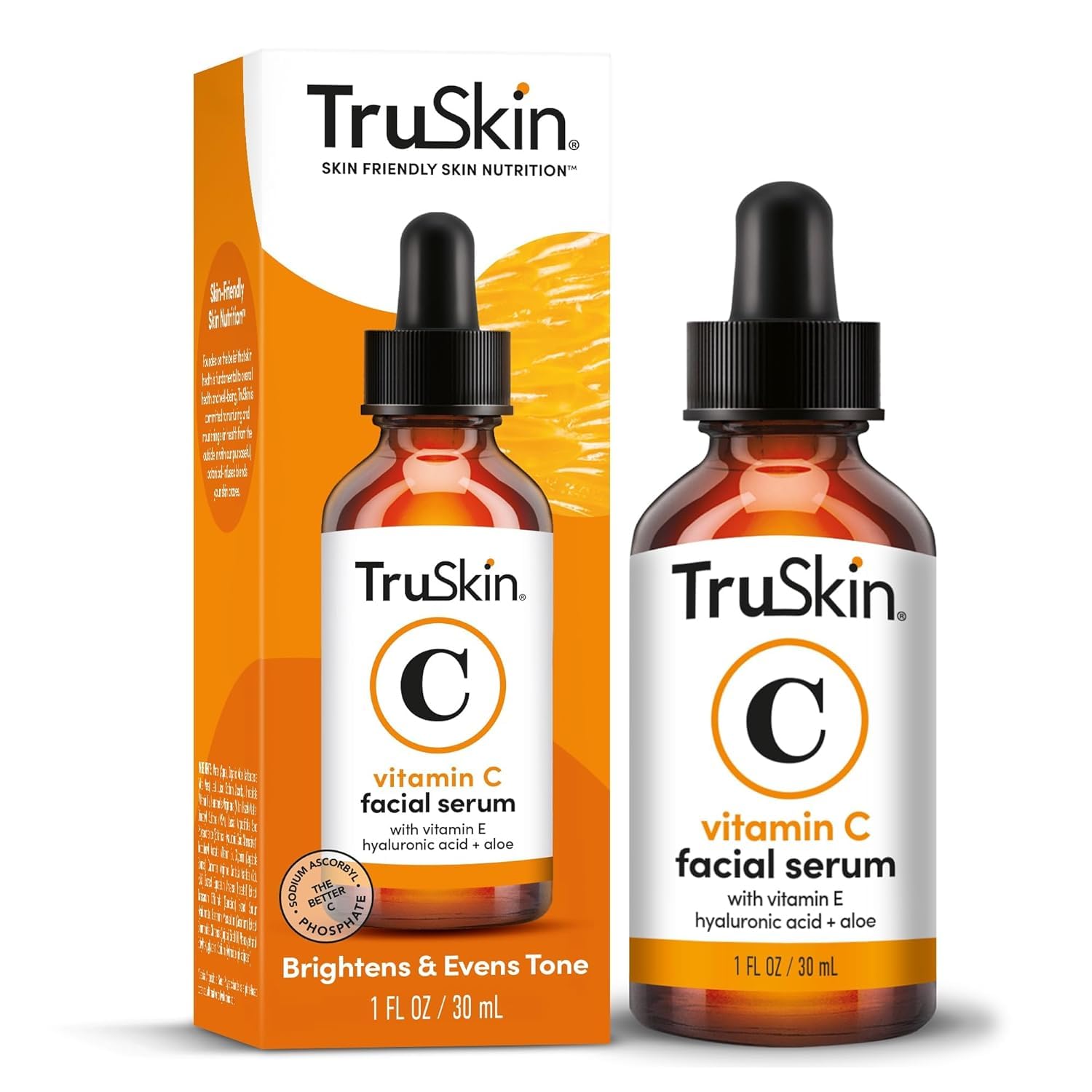
Dermatologists often recommend using a vitamin C serum to brighten and protect the area before and after treatments. I like the TruSkin Vitamin C Serum, which is gentle and effective. You can find it here.
The Art of Application
No matter what product you use, how you apply it matters. Always use your ring finger and tap gently—don’t rub. Layer thinner formulas first (like serums), then thicker ones (like creams), and finish with SPF if it’s daytime.
Avoiding Common Pitfalls
More isn’t better. If you overload your routine with actives, you could end up irritating your under-eyes and making things worse. Keep it simple, consistent, and tailored to your skin’s needs.
Adapting Your Approach
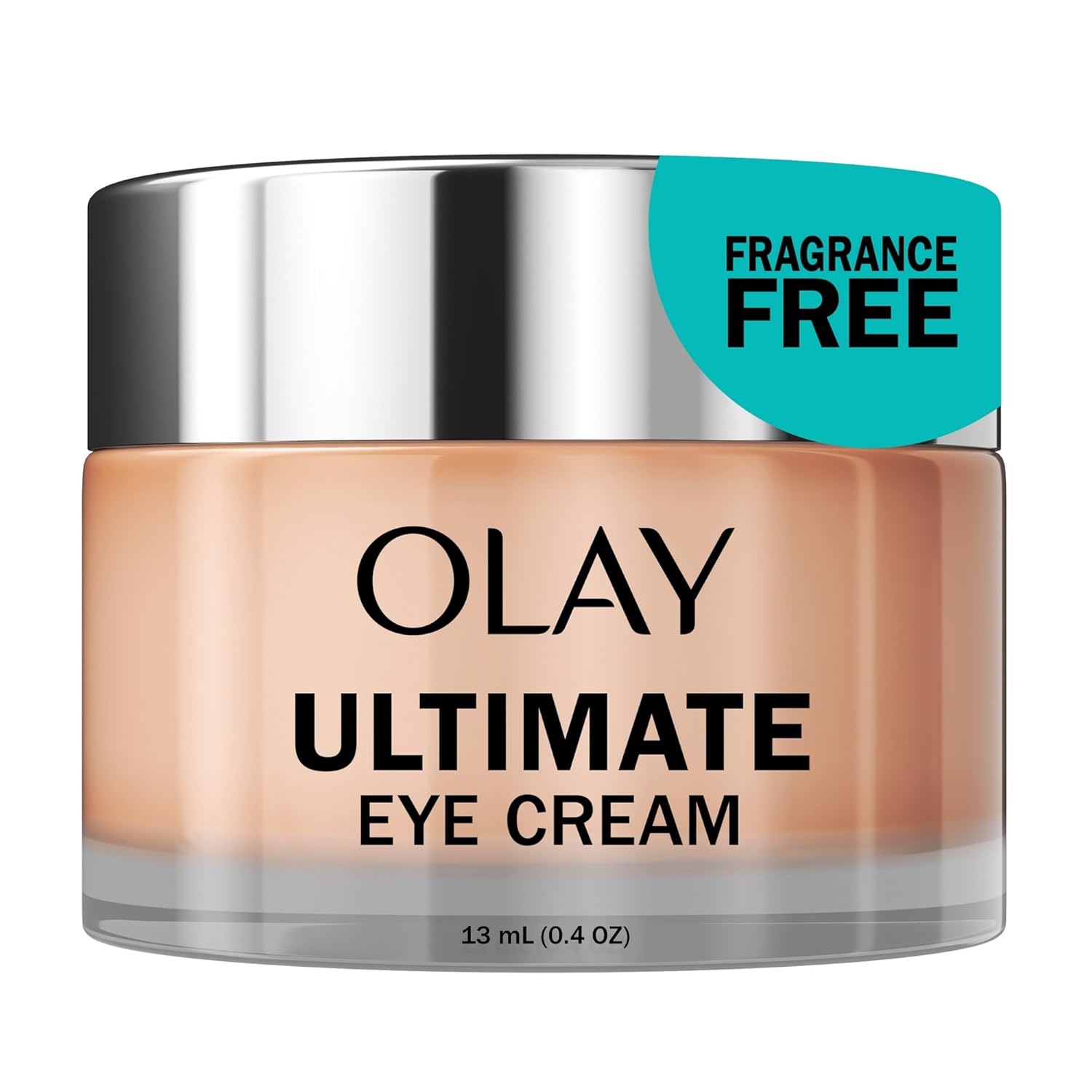
Have sensitive skin? Stick with fragrance-free and hypoallergenic formulas. For mature skin, look for nourishing creams with peptides, like Olay Eyes Ultimate Eye Cream—a great option that hydrates, smooths, and color-corrects all in one. You can check it out here.
Advanced Techniques
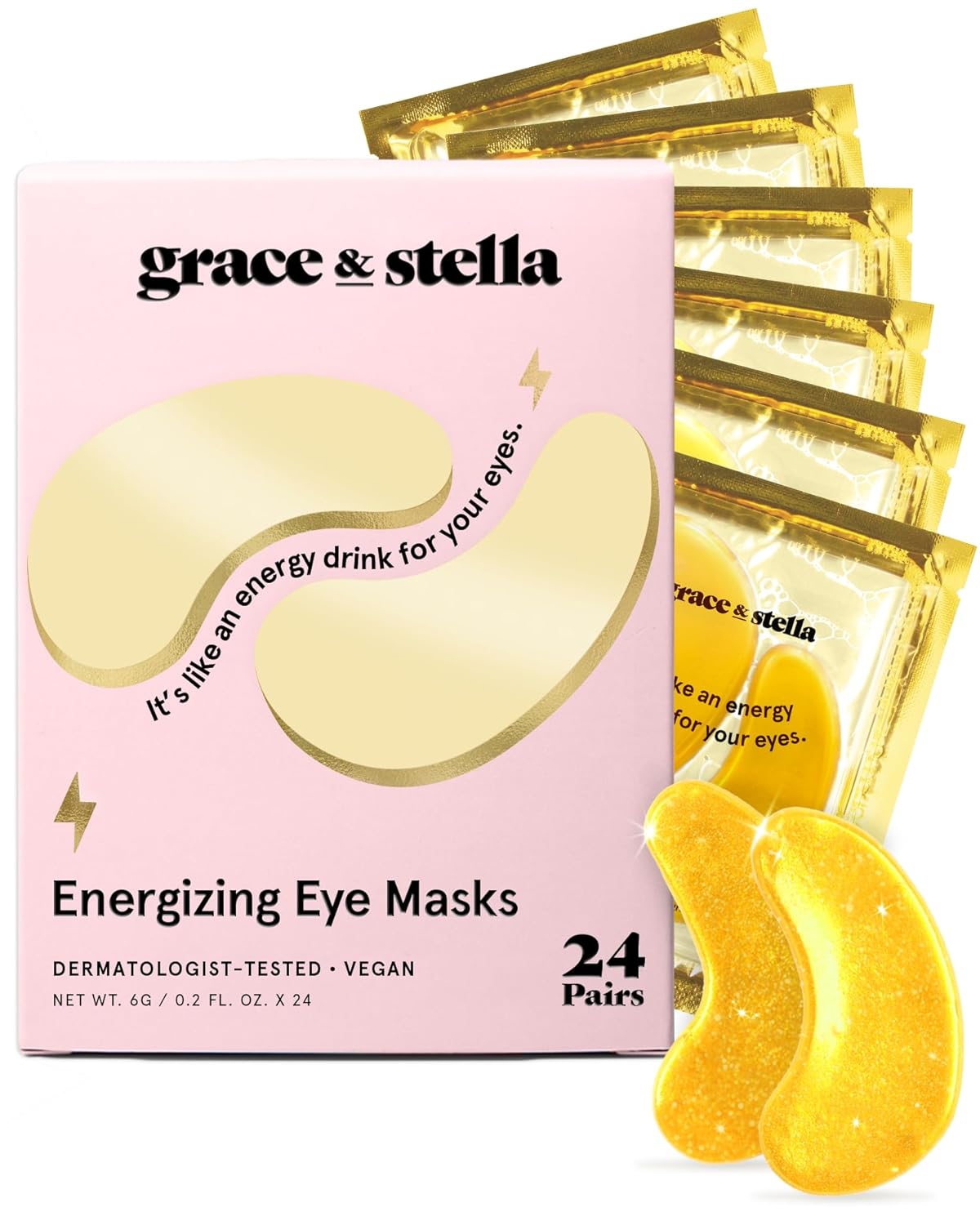
Try chilled spoons, lymphatic massage, or hydrating eye masks like the Grace & Stella Under Eye Patches for special mornings when you need a little boost. They’re affordable and give a spa-like feel at home. You can find them here.
Understanding Product Ingredients
Look for hyaluronic acid for hydration, peptides to boost collagen, niacinamide to brighten, and ceramides to strengthen the skin barrier. Recognizing these on a label makes all the difference when shopping.
Lifestyle Factors Beyond Skincare
Daily movement, clean eating, and managing stress can all reflect in your under-eye area. Even cutting back on salty snacks or getting better sleep hygiene can do more than a fancy cream ever could.
The Role of Makeup
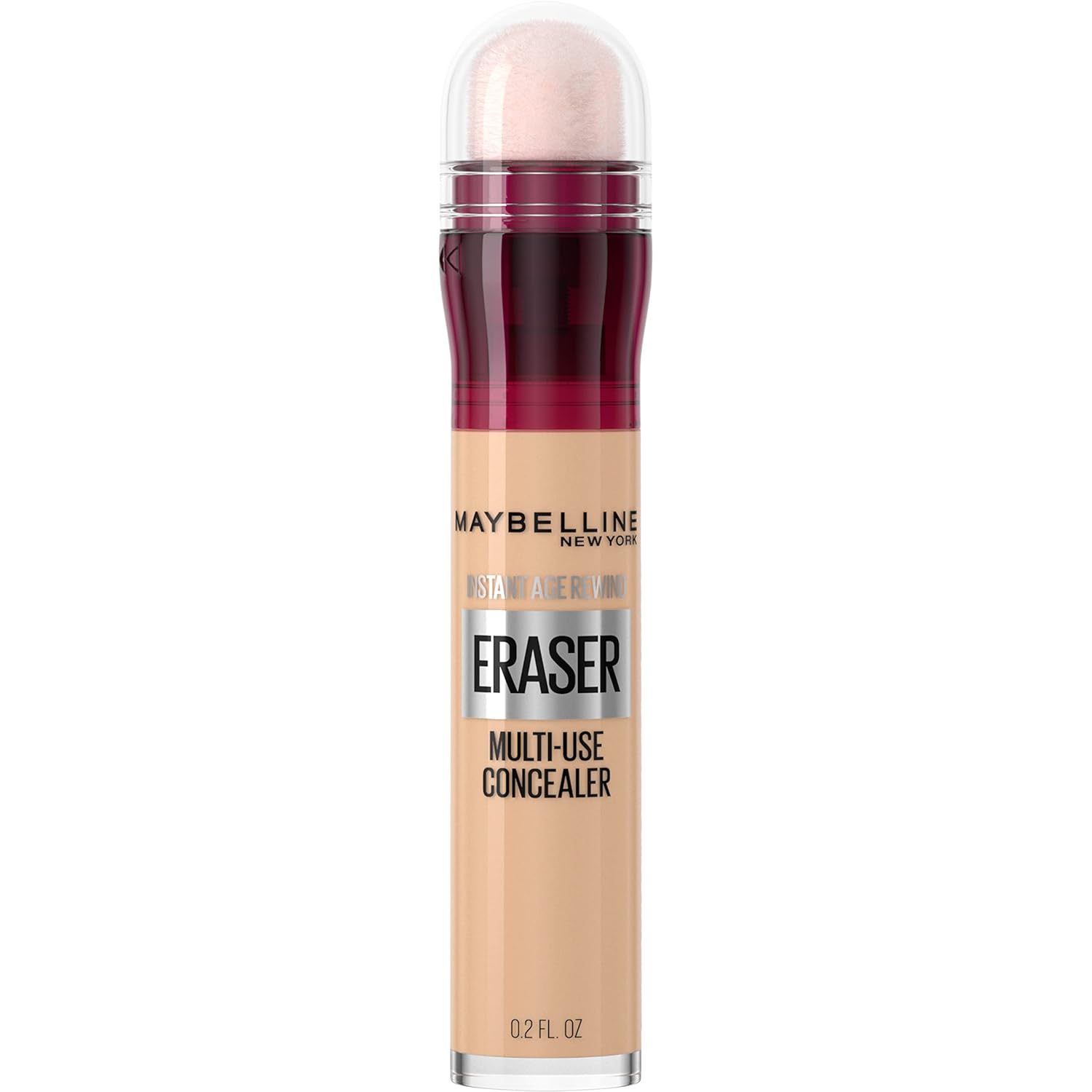
To conceal dark circles, start with a color corrector—peach for blue undertones, orange for deeper skin tones. Then layer a brightening concealer like Maybelline Instant Age Rewind Eraser. It’s easy to blend, doesn’t crease, and adds instant life to tired eyes. Try it here.
When to Seek Professional Help
If you’ve given it time and consistency and your dark circles haven’t improved, it’s worth seeing a derm. They can evaluate underlying issues and offer options like fillers or lasers tailored to your skin.
The Psychological Impact of Dark Circles
Dark circles don’t mean you’re unhealthy or unattractive. Everyone has them sometimes. The goal isn’t perfection—it’s care, consistency, and feeling good in your skin.
Conclusion
Getting rid of dark circles is about more than a cream—it’s about listening to your body, caring for your skin, and making small daily choices that add up. Try a caffeine eye cream like this one, hydrate well, protect your skin, and give it time. You deserve bright, refreshed eyes—and the confidence that comes with them.
